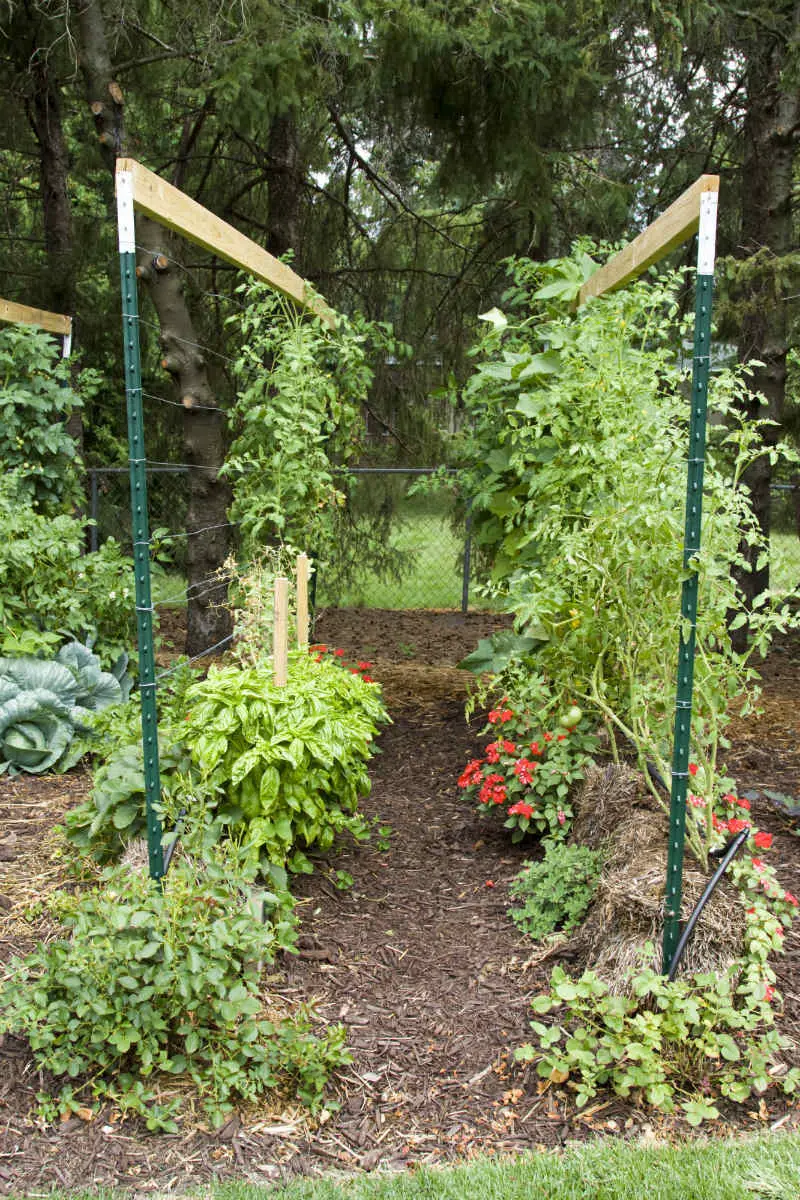Straw Bale Gardening – Solutions From Nature
There are no limits standing in the way of a hobby and this is also true for gardening. This is how vertical gardens and container gardening came into being. But what do you do if you have a small stretch of land and want to grow a garden, but the soil is the worst possible, whether it is too poor or too dry? One of the options you have is straw bale gardening, a new concept but which is rapidly gaining popularity thanks to the many advantages it boasts.
First, as we said before, straw bale gardening can be done irrespective of the soil conditions in your garden. It allows anyone, even with the worst soil possible, to grow a wonderful garden that is productive and involves much less labor. For anyone with difficulties bending over or doing the heavy work that is usually involved in turning the soil and digging to plant and harvest crops, the raised height of the straw bale garden makes those chores obsolete.
Imagine that harvesting potatoes means simply knocking over the bale at the end of the season and picking them up, no digging required. Weeding will also become a thing of the past because there are no weeds in a straw bale gardening, specialists also point out. So stop spending money buying containers, building raised beds and buying special planting mixes and start considering straw bale gardening seriously. Below are some practical tips for this:

Straw bale gardening – simple and efficient
It is recommended you get the bales from a farm where plants are grown organically. And since straw is easiest to come by in the fall, if you arrange your straw bale garden before the winter, you’ll be all set to plant when springtime comes. One thing you should keep in mind is to lay down landscape fabric to prevent weeds from growing up through the bales.
Two weeks before planting, you have to start wetting and fertilizing the bales for roughly 10 days to start composting the inner straw. For the first six days, put down 3 cups of organic fertilizer per bale every other day, and water the bales to push the fertilizer down and thoroughly saturate the straw.
Use the trowel to make holes in the bales and plant seeds and seedlings then cover with sterile planting mix. Depending on the plants you are growing, you can add physical support for them, as seen in the image below. You can also use the sides of the bales to grow flowers so you can grow veggies and flowers on the same bale for a more eye catching effect. At the end of the season, bales will look saggy and gray, like any other organic material. Keep them and use them as compost for the next year.

Straw bale gardening – hang the plants as they grow
Sources: Modernfarmer.com, Strawbalegardens.com















